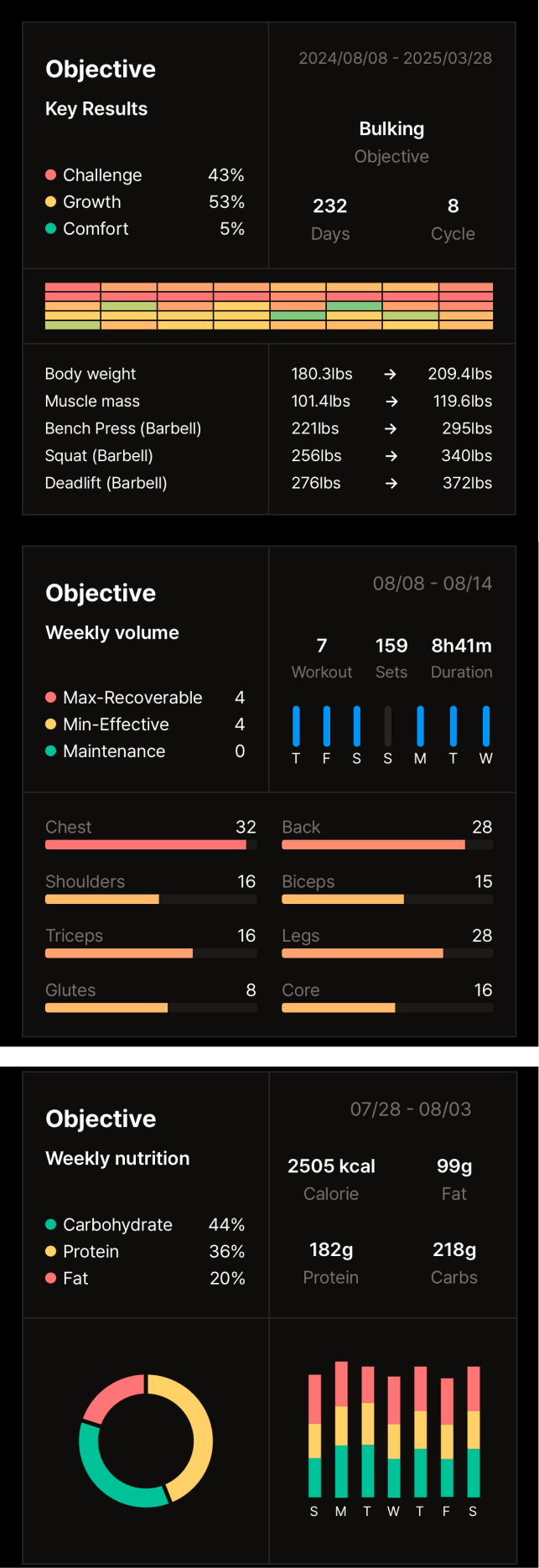Supersets, Drop Sets, and Rest-Pause Training
Introduction
Begin your fitness journey with a twist by diving into advanced training techniques that promise to supercharge your workouts. Have you ever hit a plateau in your strength training? You're not alone. Many fitness enthusiasts, from beginners to seasoned athletes, find themselves seeking more effective exercises to maximize muscle growth and strength. In this article, we'll explore three dynamic techniques: supersets, drop sets, and rest-pause training. These methods not only challenge your muscles in new ways but also keep your workouts exciting and efficient. Let's delve into how these strategies can elevate your fitness game and help you achieve your strength training goals.
Understanding Supersets: A Time-Efficient Strategy
What Are Supersets?
Supersets involve performing two exercises back-to-back with minimal rest in between. This strength training technique is designed to increase workout intensity and efficiency. For example, you might perform a set of bench presses immediately followed by a set of dumbbell rows. This approach targets different muscle groups or the same muscle group from different angles, leading to greater muscle fatigue and stimulating growth.
Benefits of Supersets
Supersets are a time-saving strategy, allowing you to complete more work in less time. This increased intensity leads to greater calorie burn and improved cardiovascular health. Additionally, supersets enhance muscular endurance by forcing your muscles to work under prolonged stress.
How to Use Supersets for Muscle Gain
Beginners can start with a simple superset routine. Choose two exercises that target opposing muscle groups, like biceps and triceps. Perform one set of each exercise, aiming for 8-12 repetitions, with minimal rest in between. For chest and back development, consider pairing bench press with barbell rows or push-ups with pull-ups.
Best Practices and Common Mistakes
Effective superset training involves choosing appropriate exercises and managing rest periods. Avoid pairing two compound exercises that utilize the same major muscle groups, as this can lead to premature fatigue. Ensure proper form throughout each exercise, even when fatigued.
Exploring Drop Sets: Pushing Beyond Limits
What Are Drop Sets?
Drop sets involve performing an exercise to failure (the point where you can no longer perform another repetition with proper form), immediately reducing the weight, and continuing the exercise for more repetitions. This technique induces significant muscle fatigue, pushing your muscles beyond their usual limits.
Effective Drop Set Techniques for Weightlifting
Drop sets can be incorporated into various weightlifting exercises. A common strategy is to perform 2-3 drops per set, reducing the weight by 15-20% each time. Research suggests that drop sets can be highly effective for muscle hypertrophy (muscle growth) by maximizing muscle fiber recruitment.
High-Intensity Workouts with Drop Sets
Drop sets are a great addition to high-intensity interval training (HIIT). For example, you can perform a set of squats to failure, immediately drop the weight, and continue squatting. This combination of HIIT and drop sets creates a powerful stimulus for muscle growth and fat loss.
Precautions and Tips
When performing drop sets, prioritize safety. Ensure you have a spotter when using heavy weights. Maintain proper form throughout the set, even as fatigue sets in. Focus on controlled movements to prevent injury.
Rest-Pause Training: Maximizing Muscle Fatigue
What Is Rest-Pause Training?
Rest-pause training involves performing a set to near failure, taking a short rest (typically 10-15 seconds), and then performing a few more repetitions with the same weight. This method allows you to perform more repetitions with a heavier weight than you could normally manage, maximizing muscle fiber activation.
Benefits of Rest-Pause Techniques
Rest-pause training effectively targets both type II (fast-twitch) and type I (slow-twitch) muscle fibers, contributing to both strength and size gains. Studies indicate that rest-pause training can lead to significant improvements in strength and muscle hypertrophy.
Implementing Rest-Pause in Your Fitness Routine
Beginners can start by performing one set to near failure, resting for 15 seconds, and then attempting 2-3 more repetitions. Advanced athletes can incorporate multiple rest-pause intervals within a single set.
Comparing Rest-Pause with Traditional Training
Compared to traditional straight sets, rest-pause training allows for greater overload and muscle fiber recruitment. This leads to enhanced strength and muscle growth.
Combining Techniques for Optimal Results
Supersets vs. Drop Sets vs. Rest-Pause for Muscle Growth
Each technique offers unique benefits for muscle growth. Supersets emphasize time efficiency and metabolic stress. Drop sets maximize muscle fatigue. Rest-pause training allows for greater overload with heavier weights. The best method depends on your individual goals and training experience.
Creating a Balanced Workout Plan
Integrating all three techniques into a weekly routine can provide a well-rounded approach to muscle development. You might dedicate certain days to supersets, others to drop sets, and incorporate rest-pause training into specific exercises.
Monitoring Progress and Adjusting Strategies
Tracking your performance and results is crucial for long-term success. Monitor your strength gains, muscle growth, and overall fitness level. Adjust your training plan based on your progress, increasing or decreasing the frequency and intensity of these techniques as needed.
Conclusion
Incorporating supersets, drop sets, and rest-pause training into your fitness routine can lead to significant improvements in strength and muscle growth. These advanced techniques offer a fresh challenge and variety, preventing workout monotony and plateaus. Remember, consistency and proper form are key to success. As you explore these methods, keep an open mind and be willing to adapt your approach based on your unique fitness goals. For more in-depth guidance, consider exploring resources like fitness journals and websites, or consulting with a certified personal trainer or strength and conditioning coach who can tailor these techniques to your individual needs. Remember to listen to your body and prioritize safe training practices.

